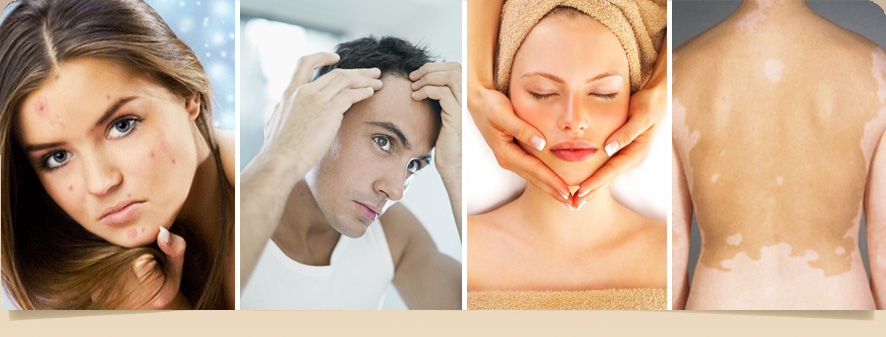Dermatology is from the word "derma," and it means "skin." It refers to the sphere of medicine that deals with skin and its disease. However, it is also connected with the function of covering, and problems with nails, hairs. Those who practically deal in that science is called a "dermatologist." In dermatology, a description would include the basic features of disease which can be found in the human body. The cover, or, "skin," is the biggest part of the body, and no doubt, is more noticeable than other parts. Moreover, a
dermatologist description would assume one who has a certain range of knowledge to be able to perform surgical procedures, as well as rheumato- and neuro-logies and endocrino-logy. The dermatologist description also assumes one who cooperates closely with venereologists, and phlebologists.
The basic tasks of a dermatologist is to make a diagnosis of skin condition. They also work in combination with cosmetologists and their procedures (laser therapy. etc. ).
Initially, each patient would begin his history of treatment in close work and research with dermatologist. Therefore, the dermatologist description, or diagnosis of a skin condition, includes asking a lot of questions about the time and type of skin problems (pain, diet, time under the sun, cosmetics used, etc.). After that process, it more or less, is likely to deal with disease symptoms that the patient has.
Physically, the skin disease can be examined basically under good light. At this step, with the help of special equipment the dermatologist can diagnosis the skin condition, the type of disease, with the assistance of a dermatological scope, which assists in definition. If the diagnosis of a skin condition is not certain, or malignancy of the skin is supposed, a little hole is made and biopsy procedures will be held.
After the above steps, special therapy is provided: 1) local therapeutic procedures, often - creams. Antibiotic cream may assist in eliminating an infection, while inflammatic skin disease (eczema) often corresponds to steroidic cream. Though main preparations help in treatment of skin diseases, oral medications are also used and sometimes they are even more effective. Antibiotic pills and immunization pills are often given in prescription of treatment for skin diseases.
Sometimes in the dermatologist description you will see the necessity of surgical operation. It may be in the case of varicose veins and slero-therapy. Treatment for skin diseases such as cancer of skin is very difficult and can lead to some sequences in the whole body because of chemical therapy interventions. Though in the early stages, in case of a right diagnosis of a skin condition, cancer may be managed with the assistance of antibiotics and right cosmetological procedures.
There is a huge quantity of researching in the dermatologist treatment for skin diseases which may range from biological skin's features and immunity protection of the skin to the radical therapeutic means for more serious problems than simply acne. Among the most wide-spread diagnosis of skin problems, it is worth mentioning for quick prevention, are problems such as: acne, contact dermatitis, psoriasis, carbuncle's problems, baldness, etc. Indeed, the whole list of skin diseases you can learn about in any dermatologist's office, or, in special dermatological literature. |



